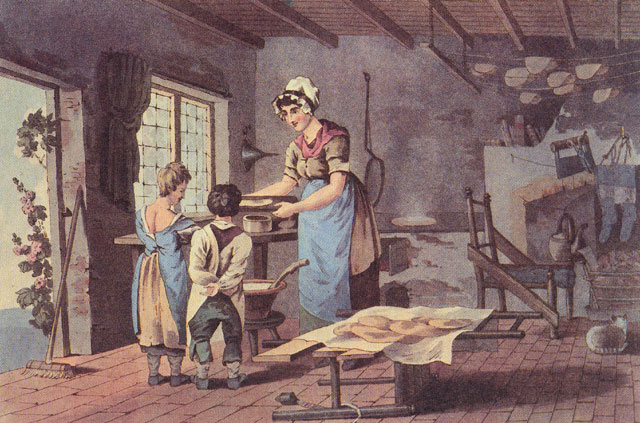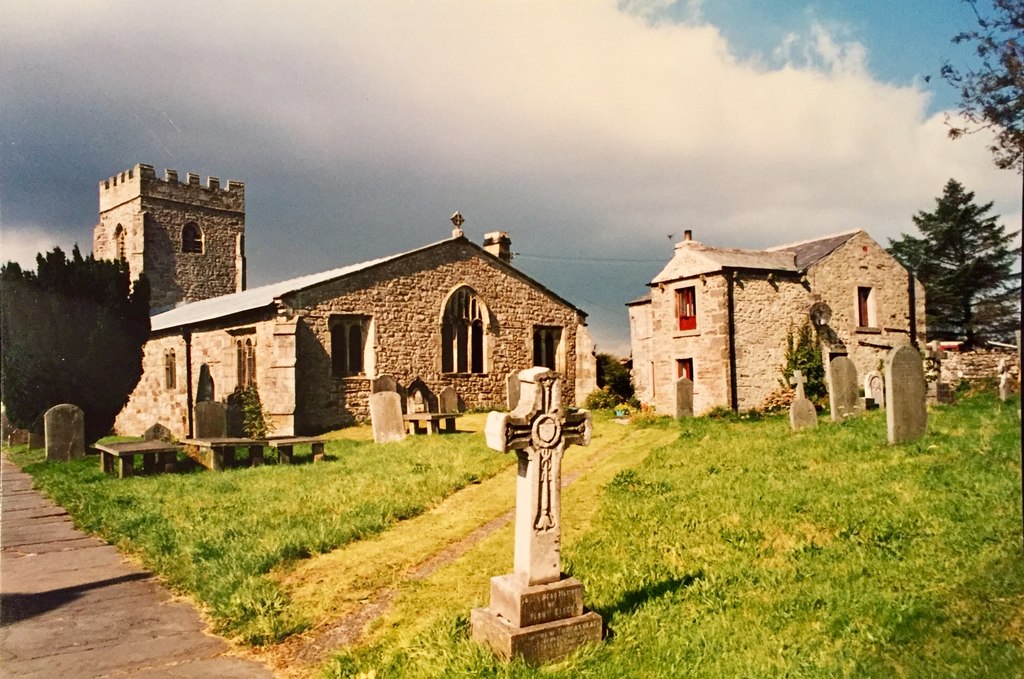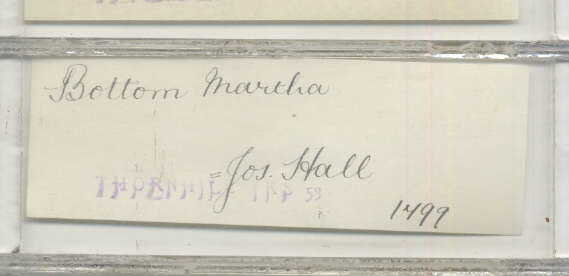I searched for George Bentley’s birth certificate for a long time. Born c. 1841/1842, his birth should have been registered. His siblings were. Until it clocked. George parents (Rachel Hall & John Bentley) had not married until the second half of 1842. George Bentley wasn’t born George Bentley he was born George Hall.

Whilst contraceptive methods in the 1800s were somewhat unreliable, the Bentley family appeared to have no knowledge of them: two of George’s sisters had illegitimate children and his maternal aunt, Mary Hall, had not one, but four. The Hinchcliffes were not that different. Mary Hinchcliffe’s mother, Martha (Deighton) was illegitimate, and Martha’s mother’s mother, Mary (Milnes) had also had an illegitimate son.
It was not wilfulness and lack of morals but rather poverty and lack of education which led illegitimacy to increase to around 7% in the 1840s (when about a third of women were pregnant at marriage). George’s start in life, together with that of Elizabeth Dean, makes this generation of our family statistically average. What feels more skewed is that all the illegitimacies which occurred in our family are ancestors of my Nana. Partly this is down to poverty, but this line is also the one least connected with agriculture. I can’t help thinking farmers must have had more idea of how to prevent conception than a coalminer or factory worker.
So let us meet Mary Hinchcliffe & George Bentley, parents of Nana’s maternal grandmother, Annie Bentley and the youngest of our 3xg grandparents.
George Hall was born on 7 October 1841 in the village of Midgley within the township of Shitlington, to the west of Wakefield (now, unsurprisingly, having dropped the “h” to become Sitlington). Whether or not John Bentley was the biological father is largely mute as George always considered himself to be John’s son and from now on, so will I. John was a coal miner and, by 1861, so was George and had likely been so for some time for his twelve year old brother, Alfred, was already working as a hurrier.
Mary Hinchcliffe was born on 16 November 1846, in Barugh, near Barnsley. Mary was the first of at least nine children born to Martha Deighton & Silvester Hinchcliffe. Silvester too laboured in the coal mines and his oldest surviving son, John, was also working in the mines by the age of twelve.
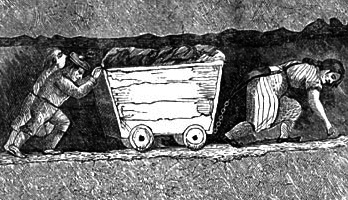
Mary & George were married at Wakefield registry office on 22 October 1867. At first glance the different locations of their births and marriage didn’t add up. However, the marriage certificate contained a clue with both listing their address as East Moor being the site of Park Hill Colliery. The couple had clearly both moved there for the mine – the main mine shaft was being sunk in 1863 providing new opportunities for local miners.
With all that lack of contraceptive knowledge it is no surprise that Mary & George went on to have a large family, twelve in all, nine alive, according to the 1911 census, although I have only managed to identify eleven: John (b. 1868), Elizabeth Ann (b. 1870), Joshua (b. 1872), Henry “Harry” (b. 1874), Annie (b. 1876), Charles Hall (b. 1879), Abigail (b. 1882), Ada (b. 1884), Florence (b. 1886), Ernest (b. 1882) and Emma (b. 1893).
Whilst the couple’s first son, John, was born in Gawber (close to Mary’s birthplace) in 1868, he was christened in Thornhill (the parish church for Sitlington at the time) later that same year which suggests they had moved back to where George’s parents lived. The family stayed in or close to Netherton (a village within the township of Sitlington) and by 1882, Mary & George had settled Little London, about 4 miles south of Netherton, Wakefield. Little London consists of six (now ex) coal board houses and was to become for the Bentleys as Toft Gate & High Garnshaw were to the Wellocks, a multi-generational home, so I will write more about Little London in a future blog.
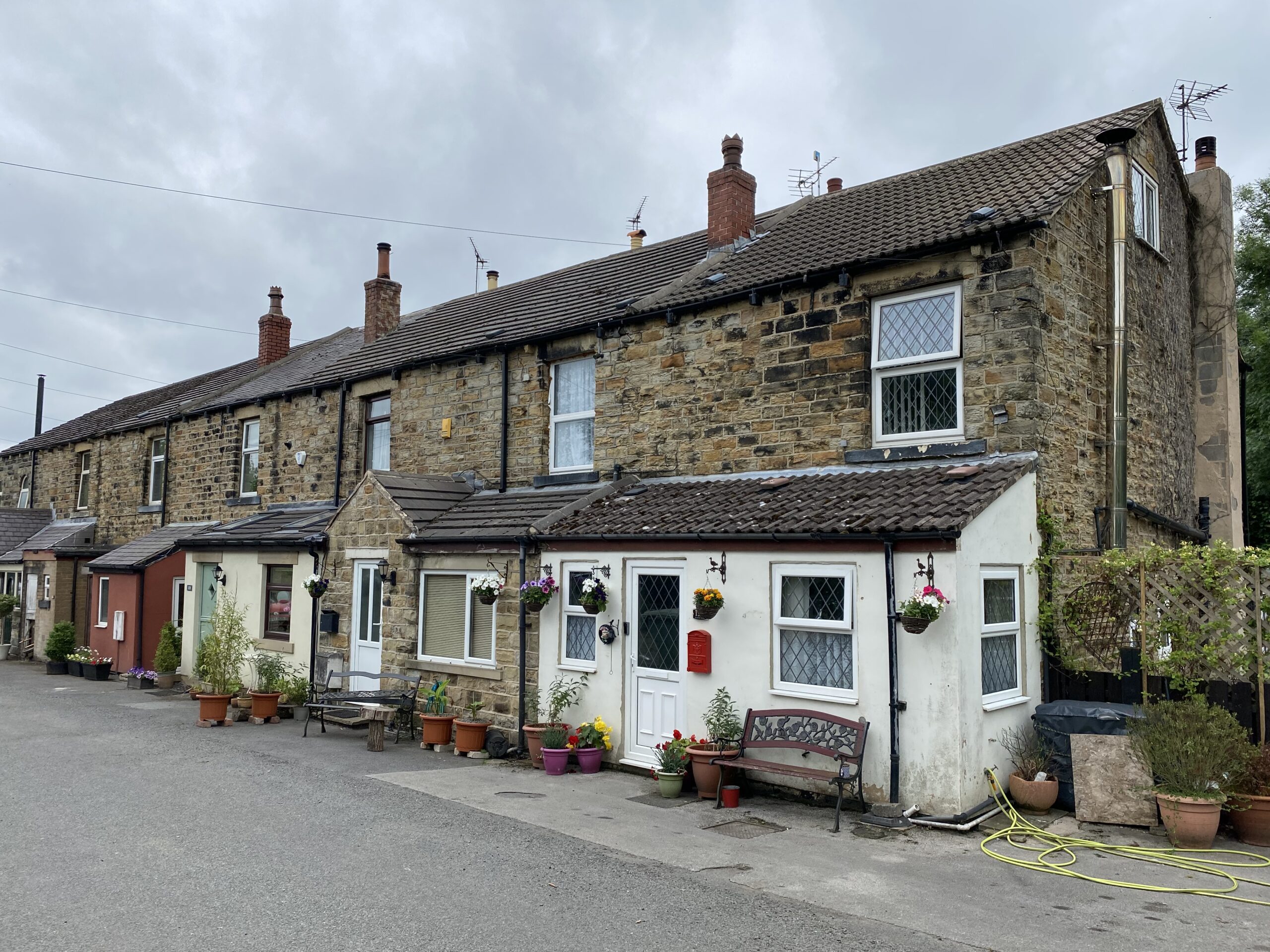
There is little more to tell of their lives. Their remaining children (mostly) married and left home. George continued to work in the mines whilst Mary ran the household until they died, George aged 66 in 1907 and Mary aged 73 in 1919. Both are buried at St Michaels & All Angels at Thornhill, their grave seemingly unmarked. Gone, but certainly not forgotten.

